As high school cheerleading teams across the state prepare for their competition season, these athletes balance the thrill of their routines with a heightened focus on safety. Injury prevention is a critical concern in high school sports, and this year, cheerleading is implementing rigorous precautions to protect their athletes while they perform.
Competitive cheerleading is quickly becoming a leading sport with the most injuries as cheerleaders are pushing limits in stunts and tumbling more than ever before.
The New York Times Magazine article, How Cheerleading Became So Acrobatic, Dangerous, and Popular, discusses how the increasing complexity of stunts and tumbling has elevated the risk of injury to unprecedented levels.
According to the National Center for Catastrophic Sports Injury Research, “From 1980 to 2001, emergency-room visits for cheerleaders soared nearly 500 percent. Over that same period, competitive cheerleading was responsible for more catastrophic injuries to female athletes than all other high school and college sports combined,” Medical Director of the research center Dr. Robert Cantu said.
Because the risk is so high for cheerleaders nowadays, high school teams must implement safety precautions to protect all athletes.

LFHS takes similar protective initiatives to ensure the well-being of all cheerleaders. With growing concerns about injuries, coaches, trainers, and cheerleaders are taking measures to keep cheerleaders injury-free.
The number one standard of practice for all levels of LFHS cheerleading is safety.
Cheerleading can be physically demanding, and injury prevention is crucial to keeping athletes safe while they perform stunts, tumbling, and high-energy routines. Here are some common tactics cheerleaders and their coaches use during practice to reduce the risk of injury:
1. Proper Warm-Up and Stretching
Every practice, regardless of difficulty, LFHS cheerleaders spend around 15 minutes stretching and warming up. Taking this time before practice starts allows cheerleaders to be focused and physically prepared. This pre-practice routine helps the team mentally shift into a focused mindset, creating a strong foundation for productive sessions.
First off, stretching helps prevent injuries. Cheerleading is intense, with jumps, tumbling, and stunts that push your body to the limit. If your muscles aren’t ready, it’s easy to get hurt.
Along with in-depth stretches, LFHS cheerleaders also have to be extremely focused while warming up. During the week of competition, the team listens to motivational quotes and music to get into the fierce competition mindset.
“There is a clear switch in the gym from sideline season to competition season, and you can immediately tell the difference, even at the beginning of our practices. We are always focused at practice, but during competition season, we take practice more seriously because we have work to accomplish,” senior cheerleader Heidi Mobeius said. “Even in our warm ups, no one is talking to their friends and making side conversations, we are committed to being in the moment at practice.”
2. Strength and Conditioning
Why Strength Training is Important:
Each cheerleader has different responsibilities within a routine. Everyone’s role is important on the team whether you are a flyer, Base, Backspot, tumbler, or multiple. Strength and condition can look different depending on the certain position.
- Bases/Backspots: Being a base/backsport requires immense strength to lift and stabilize flyers in stunts. Strength and Conditioning are important to build upper and lower body strength to be able to perform Level 4 stunts.
“Strength and conditioning is really important because when you’re holding a flyer in the air and if they move in a certain way, you have to be able to like to sustain it. Since we lift in the summer, it makes it so much easier when we start to do much harder stunts in the winter,” senior Captain Amelia Kavanagh said.
- Flyers: With the four flyers on the team, each girl requires core strength to balance and maintain control in the air. Being the top girl, strength and conditioning is important for injury prevention because it minimizes the risk of falling.
- Tumblers: Strength and conditioning are essential for tumblers because they need power to be able to complete difficult passes. They can perform handsprings, tucks, and higher level other skills to gain power from their legs and have strong upper bodies.
3. Spotting and Proper Technique
BACK TO BASICS – At the start of each season, Coaches (by level) will present the Safety & Skill Drill presentation to LFHS cheerleaders about safety tips and proper stunting techniques to execute skills accurately and safely.
“4 Corner Spotting”
For example, when attempting new stunts, LFHS implements “4 corner spotting” to protect the top girl from falling. Essentially, spotters are strategically placed in the corners of the group stunting.
Always having two spotters in the front and two in the back to help catch the flyer from a stunt is extremely important when learning new stunts. This safety technique is extremely protective for cheerleaders because it ensures flyers don’t hit the mat.
4. Tumbling and Stunt Progressions

Stunts and tumbling can be performed to perfection by competition season because of the immense amount of work put in by the girls pre-season.
Sideline season tryouts occur during May, so the Varsity and JV teams have all summer to put together stunt groups and begin preparing for competition season.
“Summer is a critical time to get new skills, and perfect the basics before learning how to do harder stunts,” senior Amelia Pasquesi said. This helps our team get consistent and stay consistent by the time competitions come around.”
To prevent injuries throughout the season, LFHS completes tumbling and stunt progressions before attempting more difficult skills. For example, for stunts, groups need to “hit” the following stunts to move on:
- Mid-Body Level (Smush/waist height)
- Prep Level (Chest height)
- Extended (Catch at the top and bring down to smush)
- Braced Catch at the top (2nd Stunt group at prep level assisting the flyer with a braced connected arm)
- This includes full spots of athletes in a circle around stunt groups on the ground
- Unbraced (Assist if needed – 2nd stunt group is up in prep level and ready to brace if needed
- This includes full spots of athletes in a circle around stunt groups on the ground)
- Independent stunt (No 2nd group, but still with full circle of athletes spotting around stunt



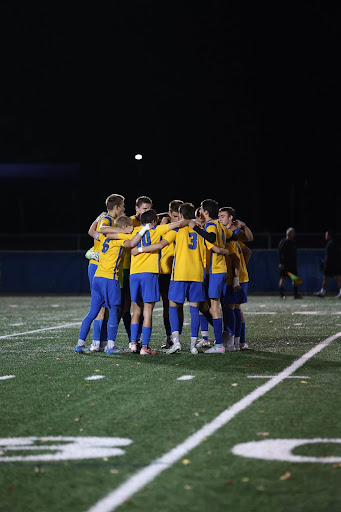

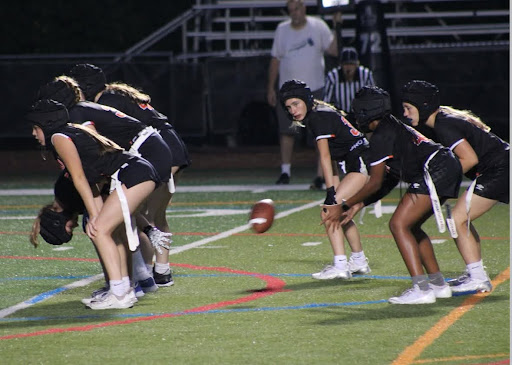
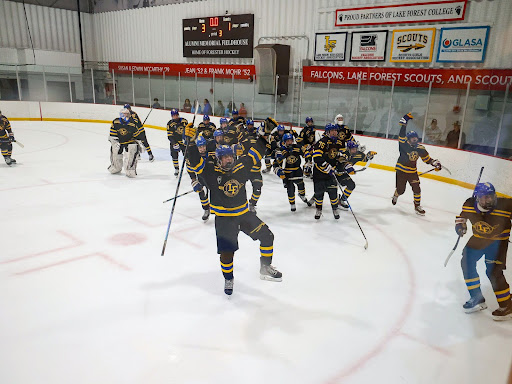
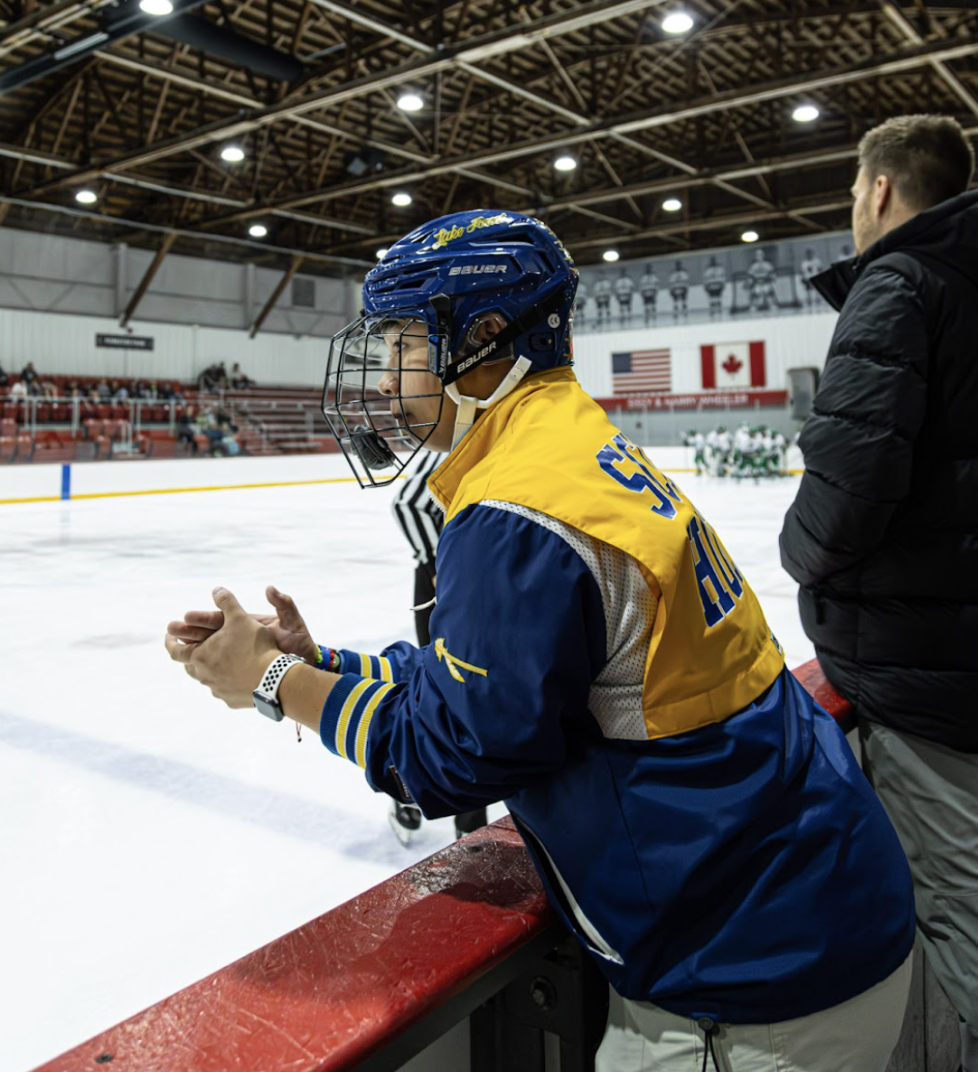
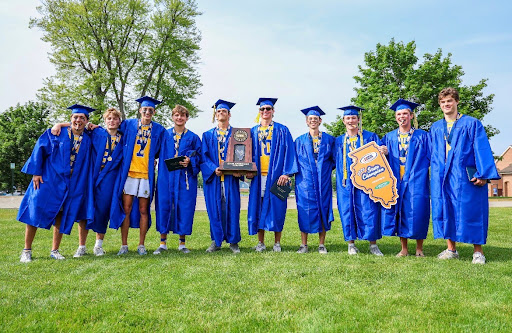
Coach Goodma • Dec 13, 2024 at 10:01 am
Amazing article Helena! Thanks for bringing awareness to the sport!